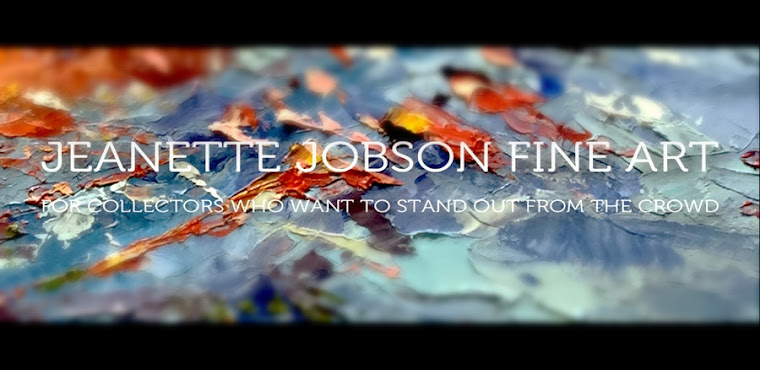Night Fishing - SOLD
8" x 10" collograph
Its been a couple of months since I did any printmaking so decided that a collograph might be in order. These are fairly simple to do with materials most people have lying around the studio. A piece of mat or backing board, some white glue, acrylic varnish and printmaking ink. I added in watercolour and watercolour pencils with a little pen and ink too.
My concept was from a sketch that I created for a future painting. I use my sketchbook as a tool. I don't care if its meant for water based media or dry; if the mood strikes me, the colour goes onto paper, buckles and all.
I drew the sketch onto a piece of 8 x 10 backing board then using a sharp knife cut around the shapes and removed top layers in some areas, leaving it looking like this. I then sealed the surface with gloss gell to leave some texture in the water area and the old boat surface. This also makes the board waterproof. Another layer of acrylic varnish seals the deal.
When the varnish was dry I used Caligo Carbon Black etching ink to work into the plate then pulled a test print or three on my wonderful home made bottle jack press. It works like a dream at a 10th of the cost of a printing press. I used Japanese paper (I can't recall the name as I grabbed a few sheets from a pile I had previously cut) I was content with this print and then started to add colour once the ink was dry enough.
I started adding washes of watercolour pigment to the paper, wetting the whole surface as the colour bleeds on the Japenese paper, so I wanted the colours to merge with no hard edges.
Its fairly insipid at this point and I wanted to intensify colours and sharpen edges. I used watercolour pencils to define the shapes.
I hope you try this technique, it is open to additions of colour or you can leave the print as it comes off the press. I'd love to see what you produce if you try it.









.jpg)
